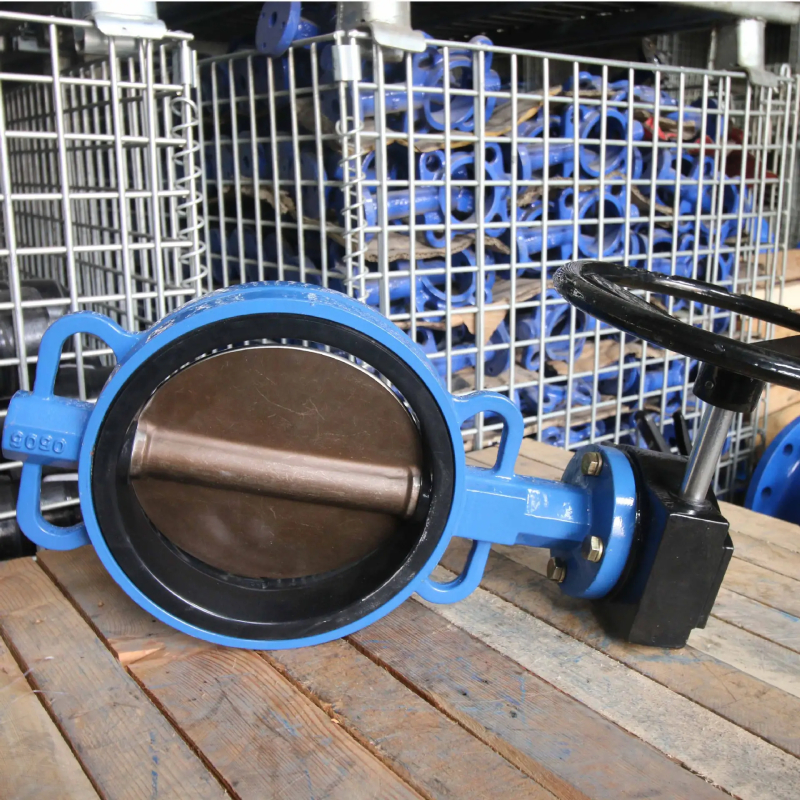Aug . 17, 2024 05:29 Back to list
Understanding the Importance and Functionality of Chemical Check Valves in Fluid Systems
Understanding Chemical Check Valves Essential Components for Safe Fluid Control
Chemical check valves play a pivotal role in various industrial processes, especially in the handling of fluids in chemical engineering and other sectors where material integrity is paramount. These devices are designed to prevent backflow in pipelines, ensuring that fluids flow in one direction only. This article aims to explore the significance, functionality, and applications of chemical check valves in the industry.
What is a Chemical Check Valve?
A chemical check valve is a type of valve that allows fluid to flow through it in one direction while preventing reverse flow. They are crucial in systems where backflow could lead to contamination, damage, or dangerous situations. Typically made from materials resistant to corrosive chemicals, such as PVC, CPVC, or stainless steel, these valves are engineered to withstand the harsh conditions often found in chemical processing environments.
How Do Chemical Check Valves Work?
Chemical check valves operate based on the principles of fluid dynamics and gravity. The valve consists of a body with an inlet and outlet, along with a movable component (commonly called a disc or ball) that acts as a barrier. When fluid pressure from the inlet exceeds that of the outlet, the movable component is pushed away from the seat, allowing fluid to pass. Conversely, if the pressure at the outlet surpasses that at the inlet, the disc or ball is forced back against the seat, effectively sealing the passage and preventing backflow.
Types of Chemical Check Valves
There are several types of chemical check valves, each suited for different applications
1. Swing Check Valves These valves use a hinged disc that swings open during forward flow and closes under backflow conditions. They are ideal for larger pipelines and can handle high flow rates.
2. Lift Check Valves In this type, the disc moves up to allow flow and down to block backflow. They are more compact than swing check valves and are often used in higher pressure applications.
chemical check valve

3. Spring-loaded Check Valves These valves utilize a spring mechanism to close the valve when there is no forward flow. They are beneficial in low-pressure applications where gravity may not be sufficient to close the valve.
Applications of Chemical Check Valves
Chemical check valves are indispensable in various industries, including
1. Chemical Processing They are utilized in chemical manufacturing processes to prevent cross-contamination and maintain the integrity of chemicals being processed.
2. Water Treatment In water treatment plants, these valves help maintain proper flow direction, ensuring that treated water does not mix with untreated water.
3. Petrochemical Industry Check valves are essential in oil and gas applications to prevent backflow, which can lead to hazardous situations or product loss.
4. Pharmaceuticals In the pharmaceutical industry, maintaining sterile conditions is critical. Chemical check valves help avoid contamination in drug formulations by prohibiting reverse flow in processing lines.
Conclusion
Chemical check valves are vital components in fluid control systems across various industries. Their ability to prevent backflow is essential for ensuring safety, maintaining fluid integrity, and optimizing operational efficiency. As industries continue to evolve with new chemical formulations and complex processing requirements, the importance of reliable and effective check valves will only grow. Understanding the types, functions, and applications of chemical check valves is crucial for engineers and technicians involved in the design and maintenance of fluid handling systems. By selecting the appropriate check valve for specific applications, industries can enhance operational safety and efficiency while minimizing potential hazards associated with fluid dynamics.
-
thread-plug-gauge-our-promise-of-measurement-excellenceNewsAug.22,2025
-
gauge-pin-class-reflecting-quality-legacyNewsAug.22,2025
-
check-valve-types-for-high-rise-buildingsNewsAug.22,2025
-
water-control-valve-for-irrigation-systemsNewsAug.22,2025
-
gate-valve-with-soft-seal-technologyNewsAug.22,2025
-
y-type-strainer-for-oil-and-gas-applicationsNewsAug.22,2025
Related PRODUCTS









